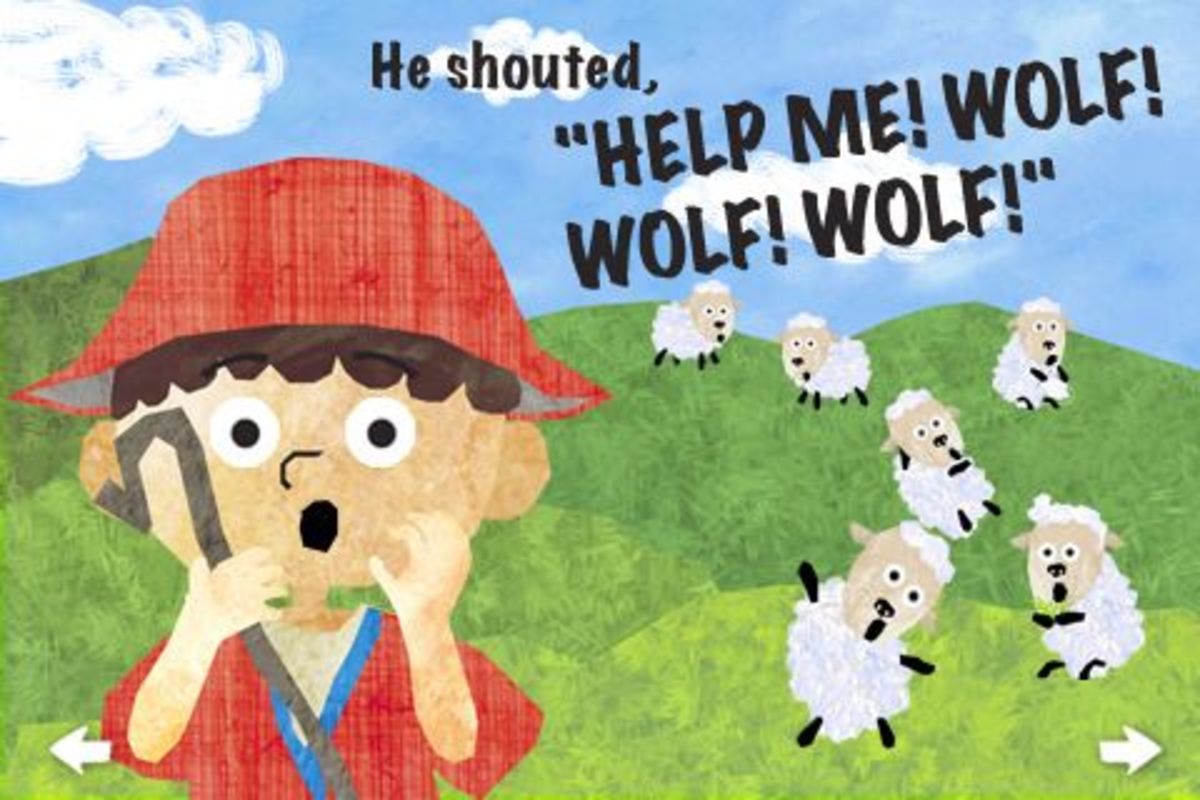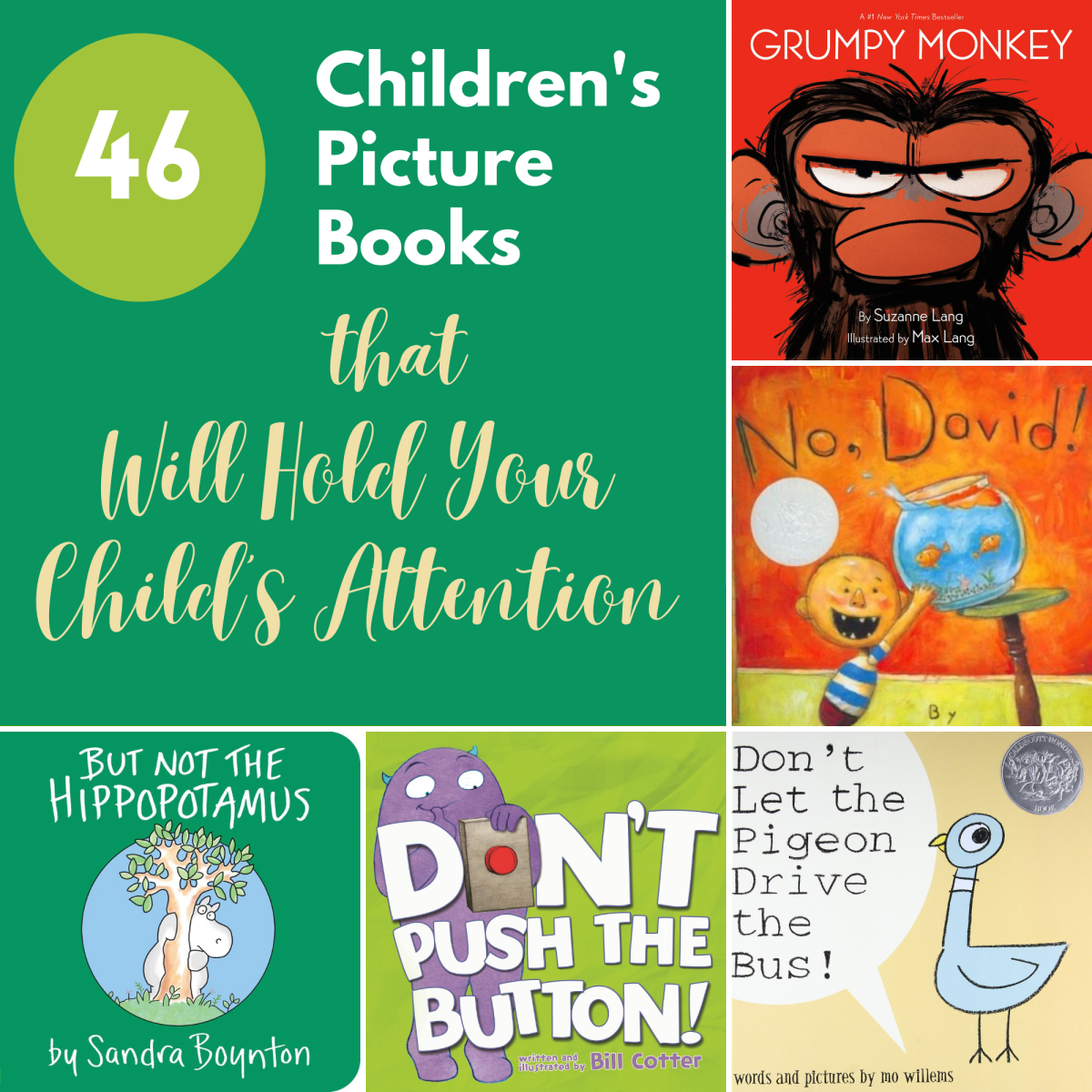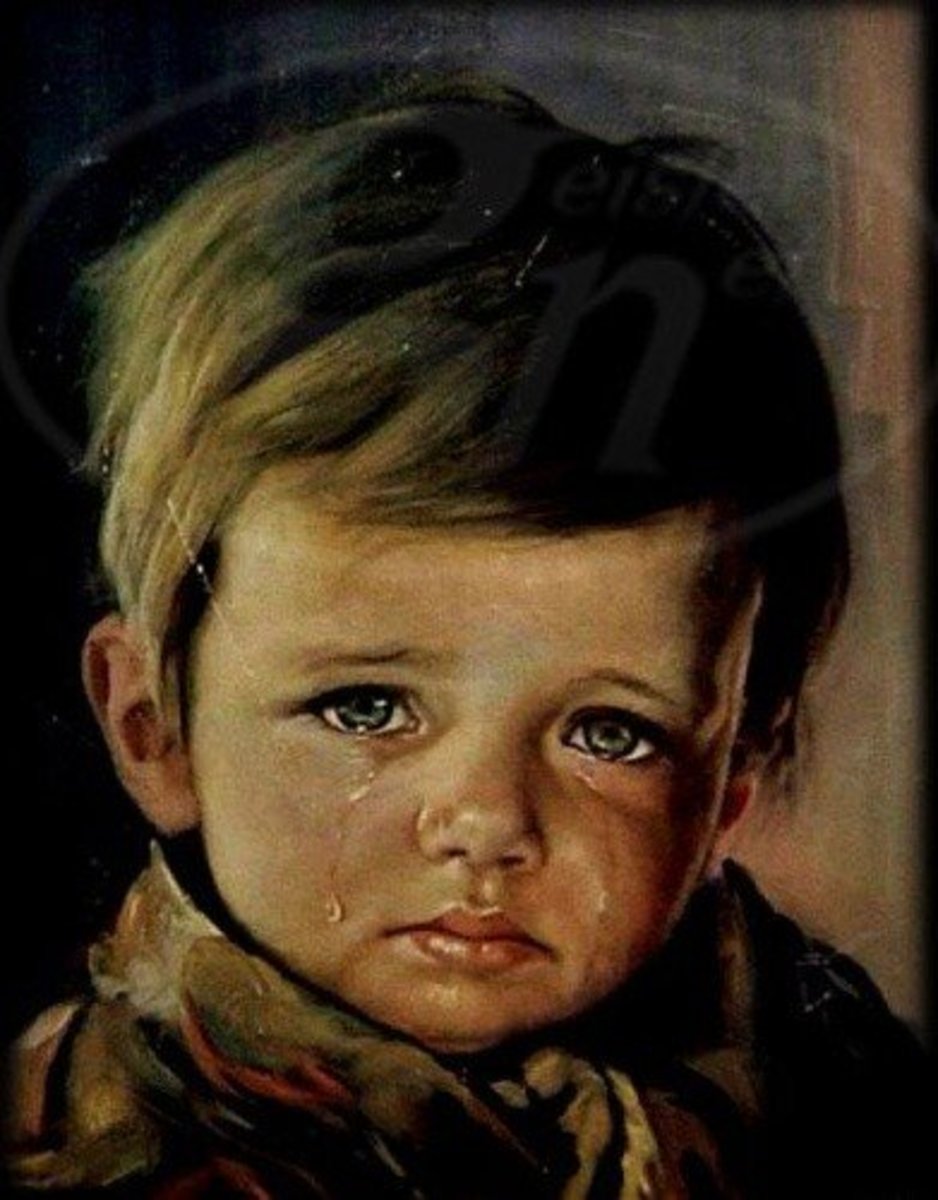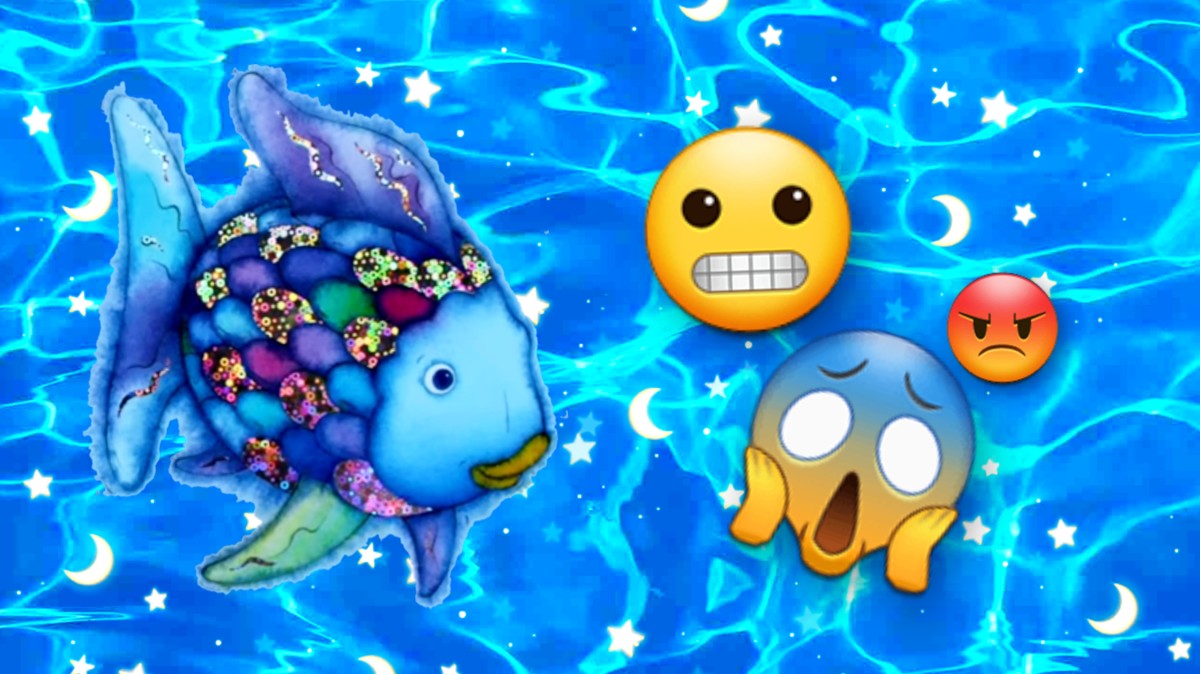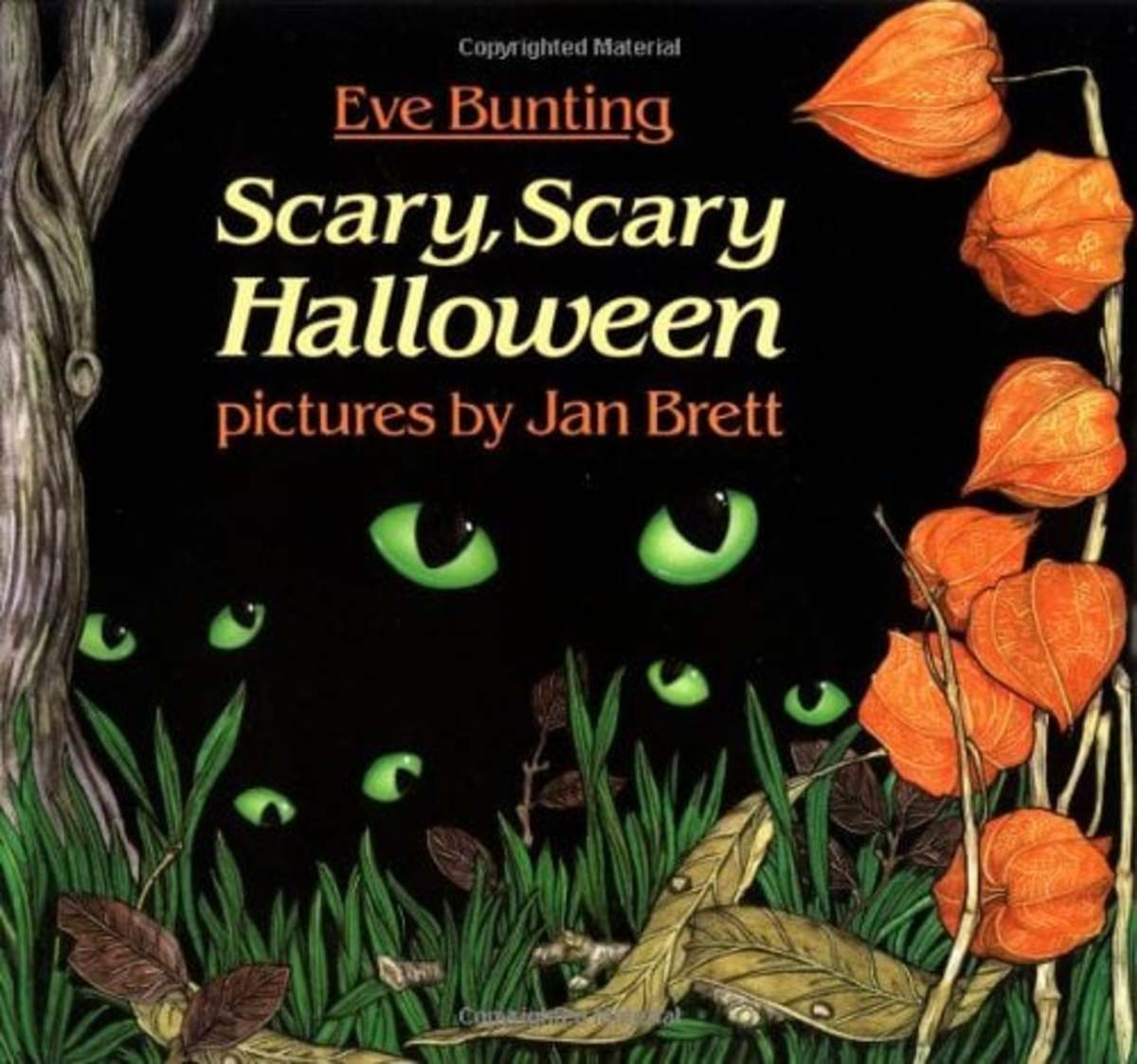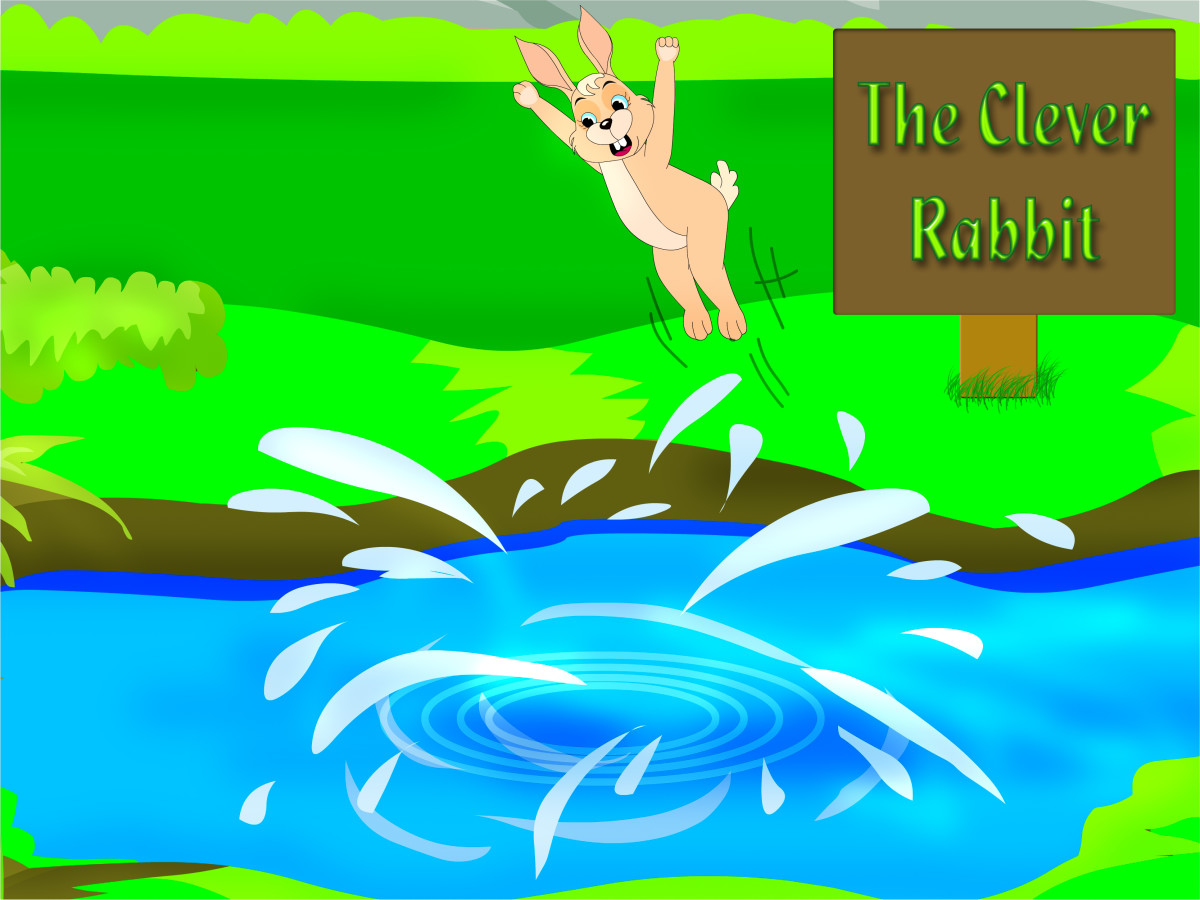- HubPages»
- Books, Literature, and Writing»
- Books & Novels»
- Children's Books
Picture books: a comparison between “Into the forest, by Anthony Browne” and “The journey, by francesca sanna”.
https://www.stayathomemum.com.au/my-lifestyle/50-best-childrens-books/

Introduction
Children and picture books, have deep and strong connection. According to Joyce I. Whalley: “Children learn to read pictures before they learn to read words” also “Children best remember things they have seen rather than merely read about”(1) In addition, writers have their own ideologies, for that, picture books they write vary enormously in both style and function, so the benefits children can gain vary as well. For this essay, I chose two different picture books to compare them with each other in different aspects. I will compare how children are constructed in these books and how is their relationship with adults and their parents in specific. Also, I shall discuss the way they grow up and the challenges they face to mature and the different realities they perceive according to each experience. Picture books that I chose are: “Into the forest, by Anthony Browne” and “The journey, by francesca sanna”.
https://www.goodreads.com/book/show/414098.Into_The_Forest

Into The Forest
When reading “Into the forest”, we understand from the early beginning of the story that something mysterious is happening. When receive such feeling from the illustration of the thunder out of the window that wakes the young boy from his sleep. Thunder often is a metaphor of loss, conflicts and anxiety. It is obvious while we are reading the story that the boy is lonely without his father, and this is the first conflict that he faces. We get a hint at the beginning of the story that the father is a solider, through the little solider toy in the boy’s bedroom with the gun on the right side and missing one leg which is might be understood as a metaphor of family unexpected conflict. The boy who seems to have a stable life with his parents is now having anxieties about his father being at war. It is obvious that he did not experienced such feelings before, and that this feeling is preventing his happiness; now he suffers an emotional experience. The fear of losing his father is portrayed in the scene where the boy is writing on small notes “Come home Dad”. The boy is young enough to express his feelings whether they are negative or positive. He expressed his anxieties about his father and his love for his grandmother. The young boy has a great relationship with both his parents and his grandmother.
The boy’s mother asked him to take a basket of goodies to his grandmother, to take his mind off the loneliness and overthinking. The mother asked her son to take the long road and to avoid the short one, but the boy planned to go from the short way in order to finish the mission faster in case his father comes home early. Readers, of course, notice the change of colours when the boy enters the forest. The colours become dark and gloomy, except the boy, as a metaphor of mystery and vagueness. Mystery, for sure, means troubles and challenges and this is exactly what the young boy faces during his journey. During his journey, he encounters several characters –readers know them from other fairy tales and stories- However, he deals with them very rationally. He talks to them, expresses himself, takes rational decisions, and understands people’s feelings and situations as when he talked to the boy and his sister (Hansel and Gretel). This is a psychological battle for the boy, and it is portrayed as we see the boy moving deeper to the forest, where trees become more knotted and gnarly and the weather become colder. This psychological conflict is expressed by the boy himself as he says: “I was getting very cold, and I wished that I brought a coat. Suddenly I saw one, it was nice and warm. Soon I put it on, I began to feel scared I felt that something was following me” The red colour, which is a visual intertextuality of The Red Riding Hood, adds more power to show the boy’s fear. At the end when he finds his grandmother and his father, he feels warm and love. Colours were brought back, and the smiles filled up the place.
Our little boy, now, is aware of the crucial reality for the outside world. He is mature enough to understand that he might face family conflicts. Also he understands how the outside world might be harsh and cruel, in fact, now he is aware that he cannot change this fact but that he can deal with it.
https://www.goodreads.com/book/show/28818766-the-journey
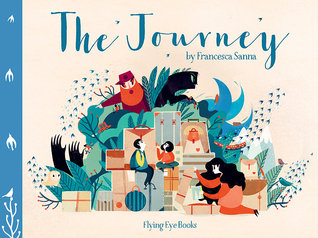
On the other side, the other story I chose is little quite different. The Journey is a story about the refugees, and the pain they suffer with the experience of war and death. The story is told from children’s perspective, a boy and a girl. At the beginning of the story, they seem to be very comfortable, innocent and happy. But the war came and ruined their lives “Last year, our lives changed forever. The war began… and soon there was nothing, but chaos”. Not just the war ruined their country, but they lose their father too. It is obvious that the children had a very strong bond with their parents. They were very close to their parents, and after the loss of their father, war made them even closer to their mother. Now they have no home, but their mother seems to them to be one; home is where the mother is. “In the darkness. The noises of the forest scare me, but mother is with us and she is never scared” their mother seems to be very strong and fearless, but in her depth, she is frightened by the war, but never show it to her children.
Children, who experience war, encounter many challenges. Like the two children in the story, they face many difficulties during their escape journey. The first challenge is the decision of leaving their country to escape “She shows us pictures of strange cities, strange forests, and strange animals” leaving everything familiar to encounter with the unfamiliar is not an easy decision whether for children or adults. The second challenge is when they reach the border with its enormous wall; where they encounter the guard who orders them to leave, in this situation, they are between the devil and the deep blue sea. The third challenge is where they have to board the ferry with so many people and there was no space, also they were afraid of the giant monsters of the sea. However, hope is still in the air. They tell each other stories about the great life they will live when they find the land and where they will find “magic spells to end the war”. The children, despites their innocence and their young age. They became mature enough to understand the world they live in. That cruel world where war ruins countries and takes lives. The world where one cannot cross borders to escape from death, unlike migratory birds, who do not have to cross any boarders.
Conclusion
To conclude, both picturebooks delivered pictures in a very beautiful way that would caught children attention, and it caught my attention as an adult too. However, we observed the differences between the two picturebooks. Differences are not just concentrated about pictures in each book, but also on the context, the style of writing, and how characters are constructed in each story. We noticed that every child in the story underwent different life experiences that shaped the way they grow and mature differently. Due to that, the child who is going to read such stories would react to each story differently because of the context and the morals they receive. However, both stories focus on the idea that dysfunctional problems in the family influence children negatively. Both picturebooks portrayed war to be a main reason for family disconnection, but in the other hand, the two picturebooks ended differently. “Into the forest” has a happy ending, while in “The Journey" has an open ending.
The journey.
Did you read “The journey, by francesca sanna”
Into the forest.
Did you read “Into the forest, by Anthony Browne” ?
Reading.
Are you encouraged reading any of the picture books after you read the article?
© 2018 Rola Maher Abboud

